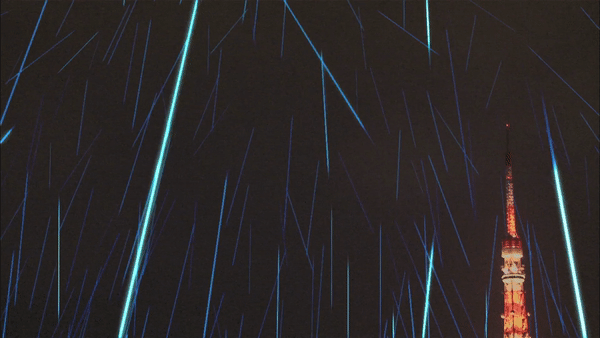TIME selects novel muon navigation system as one of year’s best inventions Announcement


Professor Hiroyuki K.M. Tanaka from Muographix at the University of Tokyo.©2017 Hiroyuki K.M. Tanaka
The muometric wireless navigation system (MuWNS), which uses particles from space called cosmic-ray muons to enable navigation underwater and underground, has been selected as one of TIME’s 2023 Best Inventions. Invented by Professor Hiroyuki K.M. Tanaka from Muographix at the University of Tokyo, evidence of the system’s capability was first published by Tanaka and his collaborators in June 2023, and rapid improvements have taken place since then. The media company TIME announced its selection for this year’s Best Inventions list on Oct. 24, 2023. The yearly published list highlights 200 inventions which TIME recognizes as solving compelling problems in creative ways.
“It is quite an honor to be selected for the 2023 list’s Experimental category,” said Tanaka. “I started exploring the idea of a muon positioning system back in 2020 as an alternative to GPS, which for me was unreliable. Our initial muon positioning system was wired, but within just a couple of years, we evolved it into wireless MuWNS.”
Unlike GPS, which can be blocked or deflected by surfaces such as water or buildings, muons can penetrate all types of materials and even deep underground without being affected. Furthermore, the radio waves used for GPS can be tampered with while muons cannot. In a paper published in the journal iScience in June 2023, the team described the success of its first real world test of wireless MuWNS. Since then, ongoing work has led to the development of an even better technique.

Artistic impression of muons showering the Earth. It’s estimated that about 10,000 of these harmless particles fall per square meter per minute all around the world.©2015 Hiroyuki K.M. Tanaka
“When I first invented MuWNS, I wanted to attain at least 1 meter accuracy. Even though we could get down to 2 meters, my goal was not achieved mainly because of the time-scale fluctuations which occur in the clocks used to calibrate the muons’ positions,” explained Tanaka. “However, I recently proposed an entirely new technique called MuWNS-V, with which we achieved centimeter-scale accuracy and which, in principle, could even enable millimeter-scale navigation. We have now carried out our first demonstrations with MuWNS-V and the results will be published in a Nature Reviews article in November later this year.”
With ongoing improvements in accuracy and portability, Tanaka has high hopes and a broad vision for the many potential applications of muon research and technology. This ranges from imaging inside natural phenomena such as volcanoes and cyclones; observing seafloor changes to detect tsunamis; creating highly precise clocks; monitoring the structural health of buildings; offering wireless security for an uncrackable cryptosystem; automated vehicle navigation indoors, underground and underwater; and search and rescue operations, to name a few.

Illustration of the wireless MuWNS system. As muons pass first through the reference detectors above ground and then a receiver below ground – which could be in an autonomous vehicle or a miner’s phone, for example – the “time of flight” between them enables the receiver’s coordinates to be determined.©2021 Hiroyuki K.M. Tanaka/ Muographix
“We have already started to develop an autonomous mobile robot called CosmoBOT that works underground. The idea is that by using a web-based system, it can be remotely operated by anyone from anywhere in the world. With further developments, we hope this technology can be applied to robots in logistics warehouses, rescue operations, port constructions, mining, etc. Furthermore, in principle, with next-level millimeter-scale accuracy, it may become possible to operate articulated robots for very delicate tasks, such as remote surgery,” said Tanaka. “I believe that muography will be an entire academic discipline, which will lead to irreplaceable technologies that will target people’s needs and help us understand the Earth in an unprecedented way.”
Related links
- TIME’s 2023 Best Inventions

- Muographix

- Muometric positioning system introductory video

- Related press release, June 2023 “Navigating underground with cosmic-ray muons”

- Related press release, January 2023 "Introducing COSMOCAT"

- Related press release, October 2022 "Opening the eye of the storm"

- Related press release, May 2022 "Keeping time with the cosmos"

- Related press release, March 2021 "Cosmic rays reveal tsunamis and waves"






